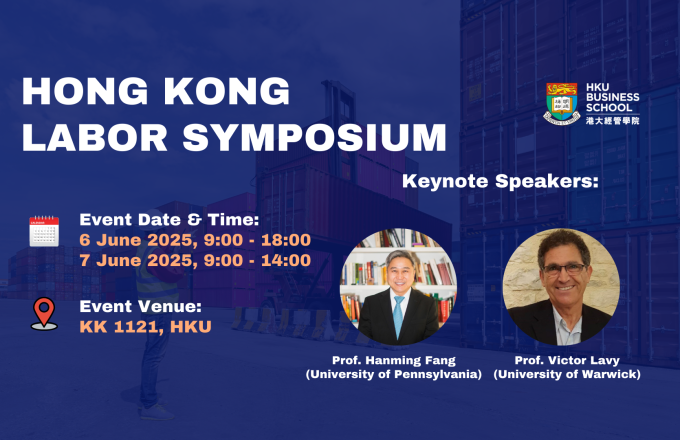Volunteering, Social Capital, and Strategic Human Capital
Mr. Lambert (Zixin) Li
Ph.D. Candidate in Organizational Behavior
Stanford University
When and why does volunteering affect employee productivity and well-being? I conducted an intervention tournament in which 1,092 primary care doctors in 21 Chinese rural hospitals were randomly assigned to eight different types of volunteering programs. I used a factorial design to test the competing theoretical mechanisms, based on three factors of whether the activities related to regular work (health promotion vs. environmental sustainability), whether doctors attended alone or with co-workers, and whether doctors had direct contact with community members. We measured the treatment effect on quality of care using a gold-standard audit study in which 32 standardized patients presented one of 8 common conditions (lower back pain, chronic obstructive pulmonary disease, coronary artery disease, or diabetes mellitus × simple or complex scenarios) and scored doctors’ diagnosis and treatment behaviors. We traced changes in administrative records of turnover and the validated measures of burnout as secondary outcomes. We found that volunteering largely improved productivity, decreased 6-month turnover, and reduced burnout. Moreover, the effect of volunteering depended more on social interactions than on the types of activities. Specifically, volunteering with co-workers improved productivity, which was mediated by received informational support; volunteering that built community ties reduced burnout and turnover, which was mediated by received emotional and appraisal support, respectively. By contrast, the effects were similar regardless of whether the volunteer activity was health promotion or environmental sustainability. Taken together, volunteering creates strategic human capital by building social capital, beyond the apparent mechanisms of prosocial motivation and skill development.












